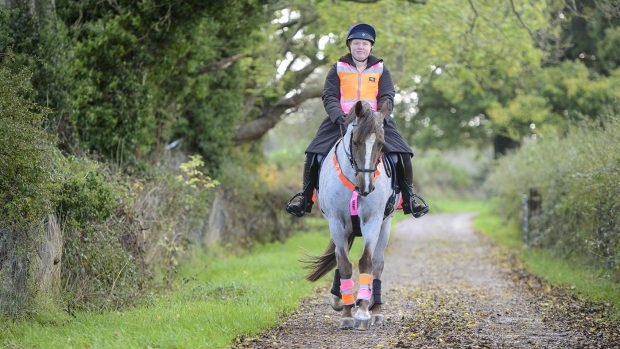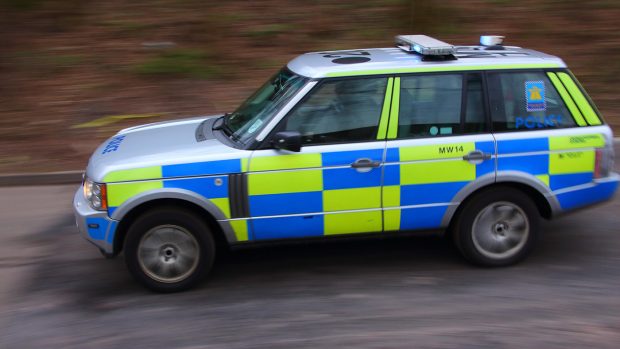Surrey County Council has resurfaced one of the most slippery roads in the district, thanks to pressure from local riders.
Henfold Lane, near Dorking, was surfaced with stone mastic asphalt (SMA) in May 2004. Part of the lane incorporates a short, steep hill, which became “lethal” once the SMA was laid, according to local riders.
The road was resurfaced last week and the council has, along with Cambridgeshire, Somerset, Devon and other councils across the country, changed its surfacing policy for roads used by horses.
Surrey County Council acted after a meeting in January with Tracey Saunders, a rider and spokesman for users of the lane. Saunders took a selection of horseshoes to the meeting to demonstrate the problems facing riders.
“The council had no idea why the road was a problem until I showed how a worn horseshoe would slip. It was very willing to listen and promised to stop using SMA in that form immediately — and it has,”says Saunders.
Tony Casey from Surrey County Council said: “We’d had reports of that road and others causing a problem. After the meeting with Tracey, we drove round the district with her. She showed us where the problems were and we took that on board.”
SMA has been a major concern for riders for about 18 months according to Sheila Hardy, head of safety at the British Horse Society (BHS), which received more than 100 complaints during that time.
SMA is a generic term for a material widely used in the UK; the level of skid resistance it offers depends on how it is finished. It contains a lot of bitumen that is slippery unless finished with a top layer of grit. The bitumen — or binder — usually wears down within two years (depending on traffic levels), leaving the stone exposed to offer more grip.
Despite its drawbacks, SMA is popular with councils because it offers significant noise reduction and is very hard wearing.
How to recognise SMA
- SMA roads are very smooth, velvety black
- If finished incorrectly, they have very little surface grit and the bitumen is clearly visible
- SMA is very quiet and reduces spray on wet days — two reasons behind its extensive use
What to do if a road near you is causing problems
- Write to your local council — councils are now receptive to the problem, according to the BHS
- Contact the BHS — Sheila Hardy in the safety department is keen to hear from anyone with a problem (tel: 01926 707745).
- Contact your local bridleway groups to drum up support — the more letters the better
|
||
 |
||


 Get up to 19 issues FREE
Get up to 19 issues FREE TO SUBSCRIBE
TO SUBSCRIBE 



